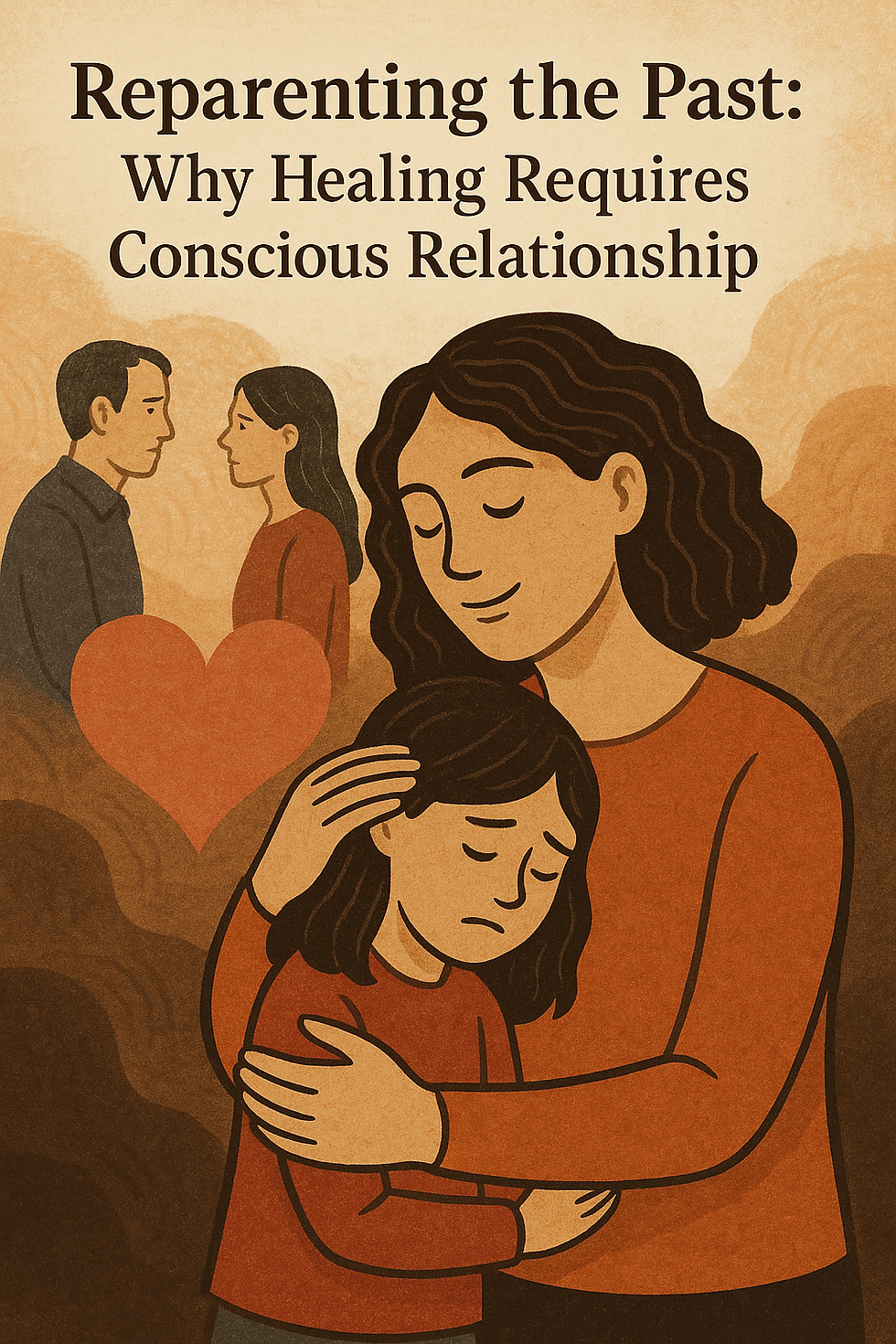The Power of Shadow Work: Embracing All of Ourselves
- Reanna Costa

- Dec 21, 2024
- 3 min read
Updated: Dec 21, 2024

What if the parts of yourself you’ve been avoiding—the ones you fear, dislike, or wish didn’t exist—are the very keys to your growth and healing? Shadow work is the courageous act of turning toward these parts, shining light on what has been hidden, and learning to live in greater harmony with all aspects of yourself.
What Is Shadow Work?
Shadow work is the practice of meeting the parts of ourselves we’ve buried in the shadows—hidden away to avoid discomfort, judgment, or pain. These disowned aspects often hold the key to profound self-awareness and transformation.
It’s not about fixing or erasing these parts. Instead, it’s about understanding and integrating them. Shadow work invites us to see ourselves fully and without judgment, fostering a sense of wholeness rather than striving for perfection.
Healing Is Wholeness, Not Erasure
Many people believe healing means getting rid of or replacing the parts of themselves shaped by trauma, as though they could discard the old and create something entirely new. But true healing doesn’t work this way.
The root of the word heal comes from the Latin hal, meaning to make whole. This reminds us that our trauma, and the responses it creates, are part of us—parts to meet, tend to, and hold with compassion. Healing isn’t about erasing these wounds but learning how to hold and relate to them in a way that fosters peace and resilience.
Some wounds may walk with us for life. Shadow work teaches us that we don’t need to fear these parts but can learn to understand and care for them as a vital part of who we are.
What Shadow Work Teaches Us
Through shadow work, we uncover two profound truths:
Some parts of us can change. With time, effort, and awareness, we can heal old patterns, rewire habits, and cultivate new ways of being.
Some parts may not change. There are aspects of us—core wounds or deep-seated reactions—that may remain constant.
This realization shifts our focus from trying to “fix” ourselves to learning how to relate to these unchanging parts with love and compassion. For instance, you might notice that a part of you feels reactive or defensive in relationships. Shadow work helps you understand why that part exists and how to work with it rather than against it.
Integration Over Harm
Embracing our shadow doesn’t mean giving our less-integrated parts free rein to behave in ways that are hurtful or damaging—to ourselves or others. Shadow work is not an excuse to act out or be harmful. Instead, it refines these parts by helping us feel them, notice our initial reactions, and develop the awareness to choose how we respond.
This choice is where the magic happens. When we repress our shadow, it often emerges unconsciously and unnoticed, driving our behaviors without our awareness. Alternatively, we might let it come out unchecked, believing we have a right to act this way simply because “it’s a part of me, so it should be allowed.”
This distinction is a perfect example of the difference between repression and containment. Repression is the act of burying our shadow, locking it away where it festers and grows stronger beneath the surface. Containment, on the other hand, involves holding space for these parts within ourselves. It’s about feeling the reaction, noticing its energy, and consciously choosing how to act—or not act—in a way that aligns with our integrity.
It’s important to remember: the part, the reaction, the feeling is always allowed. These inner experiences are valid and deserving of our attention. But the behavior, the action—that’s where inquiry is essential. We must ask ourselves: Is this response aligned with my values? Does it create harm—for myself or others?
Shadow work helps us hold space for these parts of ourselves while developing the discernment to act in ways that support healing and integrity. It empowers us to take responsibility for how we show up in the world—not by rejecting our shadows but by meeting them with conscious awareness.
This responsibility isn’t about perfection or self-blame; it’s about recognizing that while we cannot always control our initial reactions, we can choose how we respond. Every action is an opportunity to align with our values, to soften harm, and to create greater harmony within ourselves and our relationships.
Your Journey Toward Wholeness
Shadow work is not about becoming someone new. It’s about embracing the wholeness of who we already are—trauma and all. By turning toward our shadows, we create space for healing, growth, and freedom.
What would it feel like to meet your shadows with curiosity and love instead of fear?




Comments